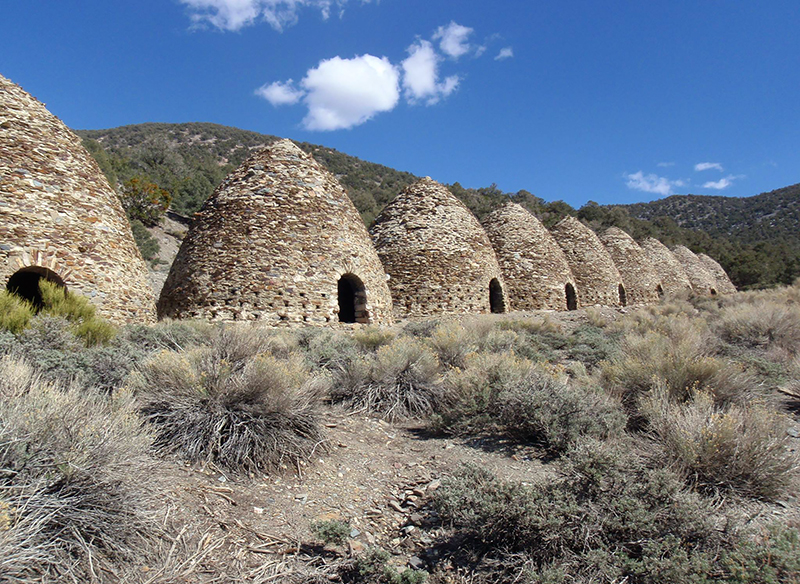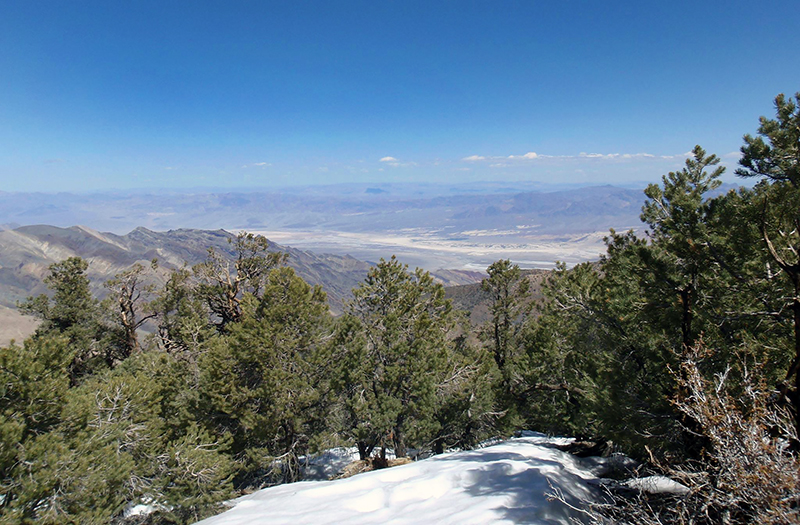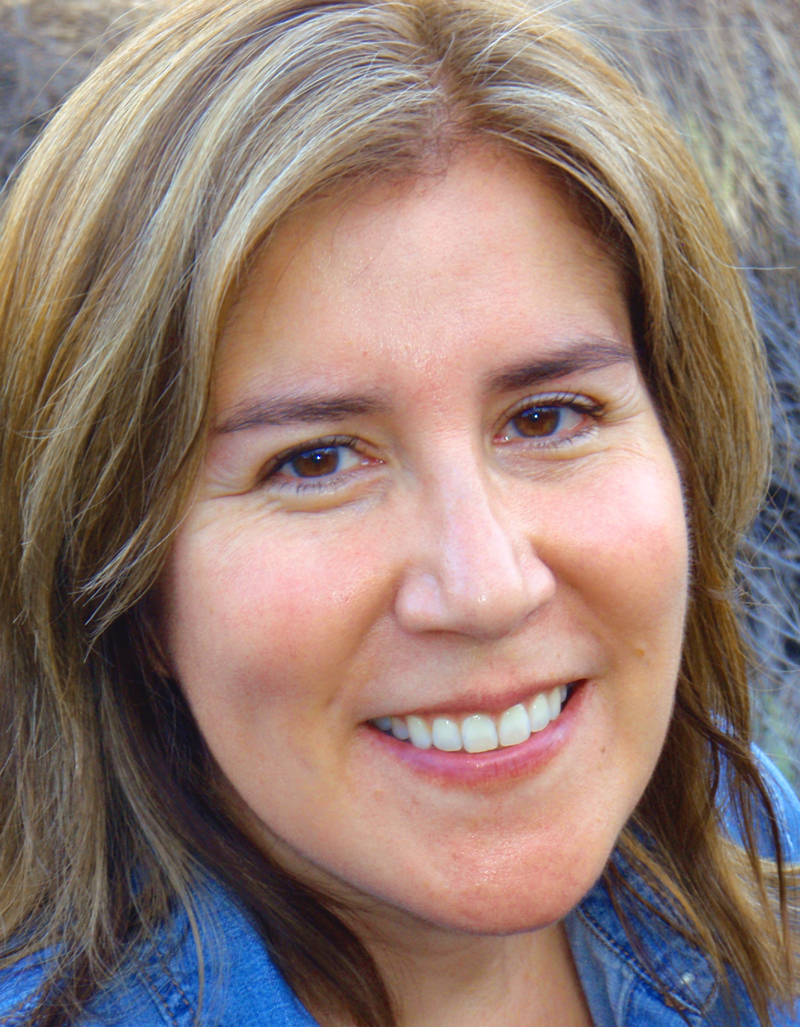
One of my favorite destinations in Death Valley National Park is located in Wildrose Canyon, where you will find what are believed to be the best known surviving examples of charcoal kilns in the western states - plus a great hiking trail and campground.
The Wildrose Charcoal Kilns are among the more remarkable historical features of Death Valley National Park. The 10 beehive-shaped masonry structures are about 25 feet high and have a circumference of approximately 30 feet.
In 1875, lead ore was discovered in California's Argus Range. Shortly after its discovery, George Hearst (father of William Randolph Hearst) purchased the land and formed the Modoc Consolidated Mining Co. to mine the ore for silver. After the company depleted most of the area's limited supply of wood, Hearst ordered the construction of 10 kilns to make charcoal from pine logs. The charcoal produced by the kilns was to be used as fuel for the two silver-lead smelters that Hearst had built in the Argus Range.
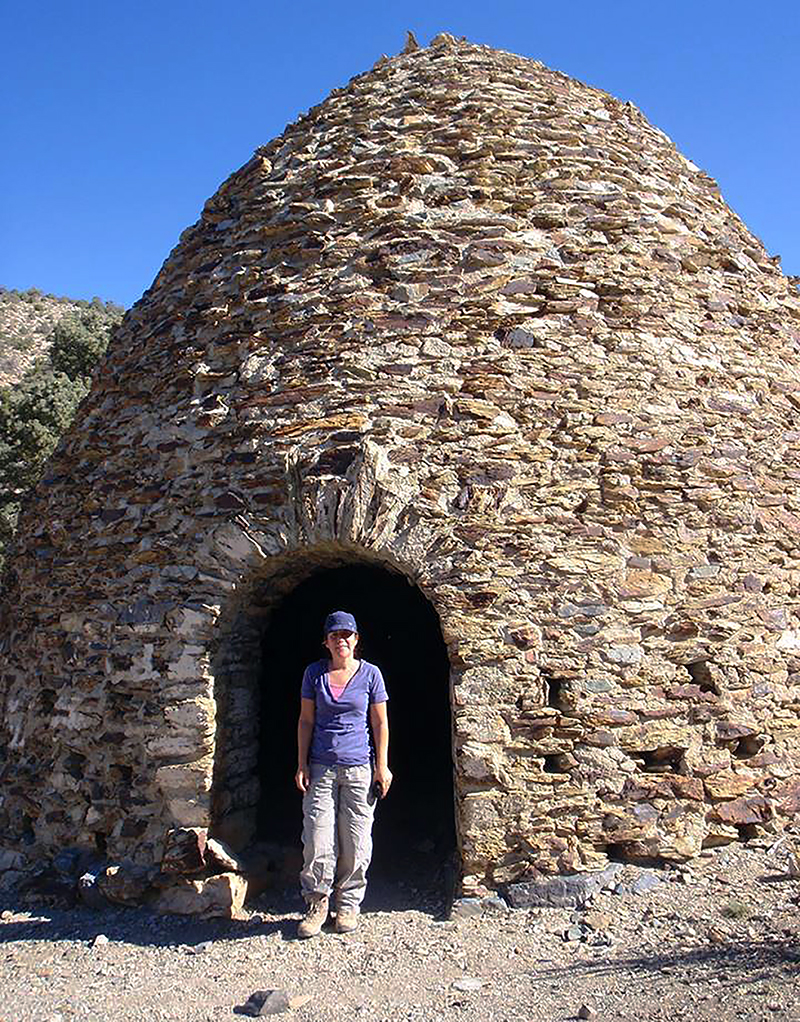
Click images to enlarge.
|
The kilns were completed in 1877 and built 25 miles east of the mine in a more wooded area. The kilns were constructed from local rocks and mortared with lime, gravel and sand.
The charcoal was prepared by charring wood or organic matter in the kilns from which air was excluded. In the 19th Century and earlier, charcoal was used as a furnace fuel because it burned more slowly than wood and created much greater heat, which was needed for refining ore. Each of the Wildrose kilns held four cords of pinyon pine longs and would, after burning for a week, produce 2,000 bushels of charcoal.
The Wildrose kilns employed about 40 men; the town of Wildrose, a temporary camp located somewhere nearby, was home to about 100 people. A local freighting company hauled the charcoal to the smelters by pack train and wagon.
The kilns operated until about 1879 when the Argus mines, possibly due to deteriorating ore quality, closed, and the furnaces shut down. This short period of use likely resulted in the good condition of these kilns today.
The Wildrose Charcoal Kilns are located in Wildrose Canyon on the western side of Death Valley National Park. You can access Wildrose Canyon Road from Highway 178 between Trona and Panamint Springs. The last three miles of the road are unpaved and may require a high-clearance, 4x4 vehicle, especially after storms.
After visiting the kilns, you can easily take advantage of an enjoyable and scenic hike that begins at the kilns and extends to Wildrose Peak. The 8.4-mile round-trip hike is a good workout and provides stunning views of Badwater and the surrounding areas of Death Valley.
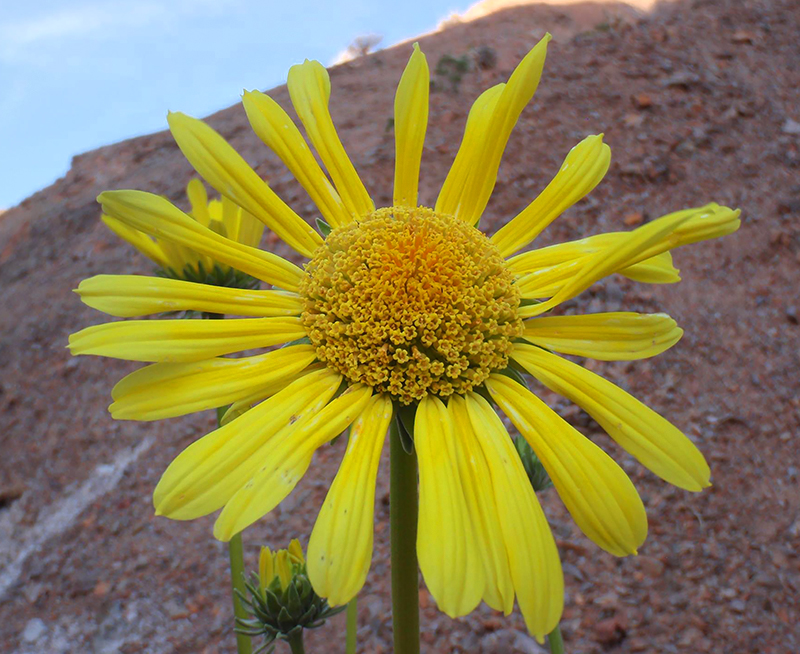
Panamint daisy.
|
While out and about in the area, you might want to be on the lookout for several species that have been documented in this area — desert bighorn sheep, American badger and gray vireo. The Panamint daisy and Rusby's desert-mallow, both of which are rare, have also been found in the area.
Near the juncture of Highway 178 and Emigrant Canyon Road you will find Wildrose Campground, which is also in Death Valley National Park. Enter the campground from the north side of Indian Ranch Road. The campground has tables, fire pits, pit toilets and potable water. It does not have hookups or shade trees, but you will really enjoy the stars and peace and quiet that the night brings at this campground. Please note that vehicles longer than 25 feet are not allowed at this campground.
Since the kilns are about a 4-hour drive from the Santa Clarita Valley, I suggest you camp at this campground so you can fully enjoy the kilns and the hike on Wildrose Peak Trail.
Linda Castro is the Desert Field Organizer for the California Wilderness Coalition and serves on the board of the SCV-based Community Hiking Club.

